Home>Garden Essentials>Garden Plants>How Long Will Fresh Thyme Last In The Fridge
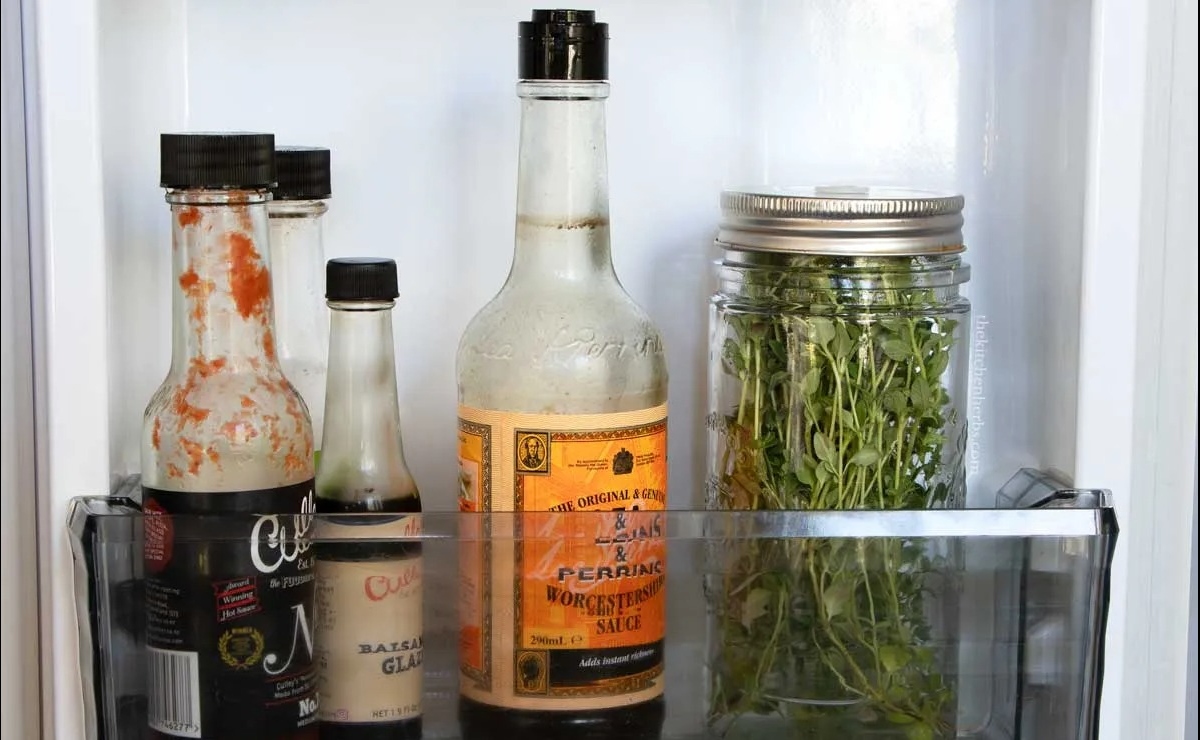

Garden Plants
How Long Will Fresh Thyme Last In The Fridge
Modified: October 20, 2024
Find out how long fresh thyme plants will last in the fridge and extend their shelf life with these helpful tips.
(Many of the links in this article redirect to a specific reviewed product. Your purchase of these products through affiliate links helps to generate commission for Storables.com, at no extra cost. Learn more)
Introduction
Welcome to our comprehensive guide on how long fresh thyme will last in the fridge. Thyme is a versatile herb that adds a delightful aroma and flavor to various dishes, ranging from soups and stews to roasted meats and vegetables. Whether you have a bountiful herb garden or have just purchased a bunch from the store, it’s important to know the optimal storage and shelf life for fresh thyme.
Fresh herbs, including thyme, add a burst of freshness and vibrancy to your culinary creations. However, unlike dried herbs, fresh herbs have a shorter shelf life due to their high water content. Improper storage can cause them to lose their potency, flavor, and even spoil quickly.
In this article, we will discuss the factors that affect the shelf life of fresh thyme, provide tips on how to store it properly, and share signs to look out for when determining if your thyme has gone bad. Additionally, we will offer helpful advice on how to extend the shelf life of fresh thyme to ensure you can enjoy its aromatic and savory qualities for as long as possible.
So, if you’re ready to unlock the secrets of maximizing the freshness of your fresh thyme, keep reading to discover everything you need to know.
Key Takeaways:
- Proper storage in the fridge can extend fresh thyme’s shelf life up to two weeks, preserving its flavor and aroma for delicious culinary creations.
- Signs of spoiled thyme include discoloration, wilted leaves, mold, off smells, and slimy texture. When in doubt, it’s best to discard and ensure food safety.
Read more: How Long Can Thyme Last
Factors Affecting the Shelf Life of Fresh Thyme
The shelf life of fresh thyme can vary depending on several factors. Understanding these factors will help you better manage and preserve the freshness of your herb. Here are the main factors that can affect the shelf life of fresh thyme:
- Quality of the Thyme: The quality of the thyme you start with can impact its shelf life. Fresh, vibrant, and healthy-looking thyme will generally last longer compared to wilted or damaged herbs.
- Harvesting and Packaging: The way thyme is harvested and packaged can influence its longevity. Ideally, thyme should be picked when the leaves are at their peak freshness and packed in a manner that allows for proper air circulation and moisture control.
- Storage Temperature: The temperature at which you store fresh thyme plays a crucial role in its preservation. Thyme prefers cooler temperatures between 32°F and 40°F (0°C and 4°C). Storing thyme at room temperature can cause it to wilt and spoil more quickly.
- Exposure to Moisture: Excess moisture can lead to the growth of mold and bacteria, spoiling the thyme. It is essential to keep the leaves dry and free from water droplets when storing them.
- Exposure to Light: Exposure to direct sunlight or bright artificial light can cause the thyme to lose its flavor and aromatic compounds more rapidly. It’s best to store thyme in a dark or opaque container to protect it from light exposure.
- Air Circulation: Proper air circulation is vital to prevent the buildup of moisture and condensation, which can promote the growth of mold. Avoid storing thyme in sealed plastic bags or containers without ventilation.
- Handling and Contamination: The way you handle fresh thyme can affect its shelf life. Touching the leaves excessively or exposing them to contaminants can accelerate spoilage. It is recommended to handle thyme with clean hands and store it separately from other strong-smelling ingredients.
By considering these factors and implementing the right storage techniques, you can significantly extend the shelf life of your fresh thyme and ensure that it remains flavorful and aromatic for longer periods.
Storing Fresh Thyme Properly
Proper storage is key to maintaining the freshness and flavor of fresh thyme. Here are some guidelines to help you store your thyme properly:
- Remove any packaging: If your fresh thyme came in a plastic bag or packaging, remove it. Excess moisture can cause the thyme to deteriorate quickly.
- Trim the ends: Before storing, trim a small portion of the stems’ ends to promote water absorption and improve longevity.
- Wrap in damp paper towels: Take a few sheets of paper towels and dampen them slightly. Wrap the fresh thyme bundle loosely with the damp paper towels to help maintain moisture without causing excess wetness.
- Place in an airtight container: Transfer the wrapped thyme bundle to an airtight container like a plastic bag or a glass jar with a lid. Make sure the container is clean and dry before placing the thyme inside.
- Label and date: It’s a good practice to label the container with the date of storage. This will help you keep track of how long the thyme has been stored and when it’s time to use it.
- Store in the refrigerator: Store the container of fresh thyme in the refrigerator’s vegetable or crisper drawer. The cool temperature will help prolong its freshness.
- Keep away from moisture sources: Ensure the thyme is not kept in direct contact with any moisture sources in the refrigerator, such as water droplets or other wet produce. This will help prevent condensation and mold growth.
Following these storage tips will help preserve the flavor and aroma of fresh thyme for up to two weeks. However, it’s important to note that the freshness and potency of the herb may decline over time, so it’s best to use it as soon as possible for the best culinary experience.
Now that you know how to store fresh thyme properly, let’s move on to understanding the signs of spoiled thyme.
Fresh thyme can last in the fridge for up to two weeks if stored properly. To extend its shelf life, wrap the thyme in a damp paper towel and place it in a plastic bag in the crisper drawer.
Signs of Spoiled Fresh Thyme
While fresh thyme can last for a reasonable amount of time when stored properly, it is still important to be aware of signs that indicate it has gone bad. Here are some signs to look out for:
- Discoloration: One of the first signs of spoiled thyme is a change in color. Fresh thyme leaves should be vibrant green. If you notice any discoloration, such as darkening or browning of the leaves, it is an indication that the thyme is no longer fresh.
- Wilted or Dry Leaves: Fresh thyme should have plump and firm leaves. If the leaves appear limp, wilted, or excessively dry, it is likely that the herb has lost its moisture and is no longer in optimal condition.
- Mold: Mold growth is a clear sign of spoilage. If you notice fuzzy patches or spots of mold on the thyme, it is best to discard it immediately. Mold can spread quickly and may produce harmful toxins.
- Off Smell: Fresh thyme should have a strong, herbaceous aroma. If the thyme emits an unpleasant or off-putting smell, it may indicate that it has begun to spoil. Trust your nose, as a bad smell is a reliable indicator of freshness.
- Slimy Texture: When fresh thyme starts to spoil, the leaves may become slimy or develop a mushy texture. This sliminess is a result of bacterial growth, and the thyme should be discarded.
If you notice any of these signs of spoilage, it is best to err on the side of caution and discard the thyme. Using spoiled herbs can affect the taste and quality of your dishes and may even cause foodborne illnesses.
Now that you know how to identify spoiled thyme, let’s explore some tips for extending the shelf life of fresh thyme.
Tips for Extending the Shelf Life of Fresh Thyme
To ensure that your fresh thyme stays fresh for as long as possible, consider the following tips:
- Buy fresh and healthy thyme: Start with high-quality thyme that looks vibrant and fragrant. Avoid wilted or discolored bunches.
- Harvest and use immediately: If you have thyme in your garden, harvest it just before you plan to use it. The fresher the thyme, the longer it will last.
- Wash before use: Wait to wash the thyme until you are ready to use it. Excess moisture can accelerate spoilage, so it’s best not to pre-wash the herb.
- Store in airtight containers: Transfer the thyme to airtight containers, such as glass jars or resealable plastic bags. This will help maintain freshness and prevent moisture loss.
- Keep away from ethylene-producing fruits: Ethylene, a natural gas produced by certain fruits like apples, bananas, and avocados, can speed up the ripening process and reduce the shelf life of thyme. Store thyme away from these fruits.
- Freeze excess thyme: If you have more thyme than you can use before it spoils, consider freezing it. Wash and dry the thyme, remove the leaves from the stems, and place them in an airtight container or freezer bag. Frozen thyme can retain its flavor for several months.
- Drying for long-term storage: If you prefer to have dried thyme for long-term storage, hang the fresh bunches upside down in a dry, well-ventilated area. Once the leaves are completely dry, remove them from the stems and store them in airtight containers in a cool, dark place.
- Label and date your storage containers: Proper labeling will help you keep track of the storage dates and ensure you use the oldest thyme first.
By following these tips, you can extend the shelf life of your fresh thyme and enjoy its aromatic and savory qualities for an extended period. Remember that even with proper storage, fresh herbs are best when used within a few weeks.
Now that you are equipped with knowledge on preserving fresh thyme, you can make the most of this versatile herb in your culinary endeavors.
Conclusion
Fresh thyme is a valuable herb that adds a burst of flavor and fragrance to countless dishes. By understanding the factors that affect its shelf life, learning proper storage techniques, and recognizing signs of spoilage, you can maximize the freshness and quality of your thyme.
Whether you grow your own thyme or purchase it from the store, remember to start with fresh and healthy sprigs. Harvest and use the thyme as soon as possible to take advantage of its peak freshness. When storing, wrap the thyme in damp paper towels and place it in an airtight container in the refrigerator. Avoid exposure to light, excess moisture, and ethylene-producing fruits.
Be vigilant in checking for signs of spoilage, such as discoloration, wilting, mold, off smells, or slimy texture. When in doubt, it’s always better to discard the thyme and ensure the safety and quality of your dishes.
Lastly, consider freezing excess thyme or drying it for long-term storage if you can’t use it all before it spoils. Proper labeling and dating of storage containers will help you manage your thyme inventory more effectively.
By implementing these tips and techniques, you can extend the shelf life of your fresh thyme, allowing you to enjoy its delightful flavor and fragrance for a longer period. Experiment with thyme in a variety of recipes, and let your culinary creations shine with the vibrant taste of this versatile herb.
So go ahead, harness the power of fresh thyme, and elevate your dishes to new levels of flavor and culinary excellence. Happy cooking!
Frequently Asked Questions about How Long Will Fresh Thyme Last In The Fridge
Was this page helpful?
At Storables.com, we guarantee accurate and reliable information. Our content, validated by Expert Board Contributors, is crafted following stringent Editorial Policies. We're committed to providing you with well-researched, expert-backed insights for all your informational needs.

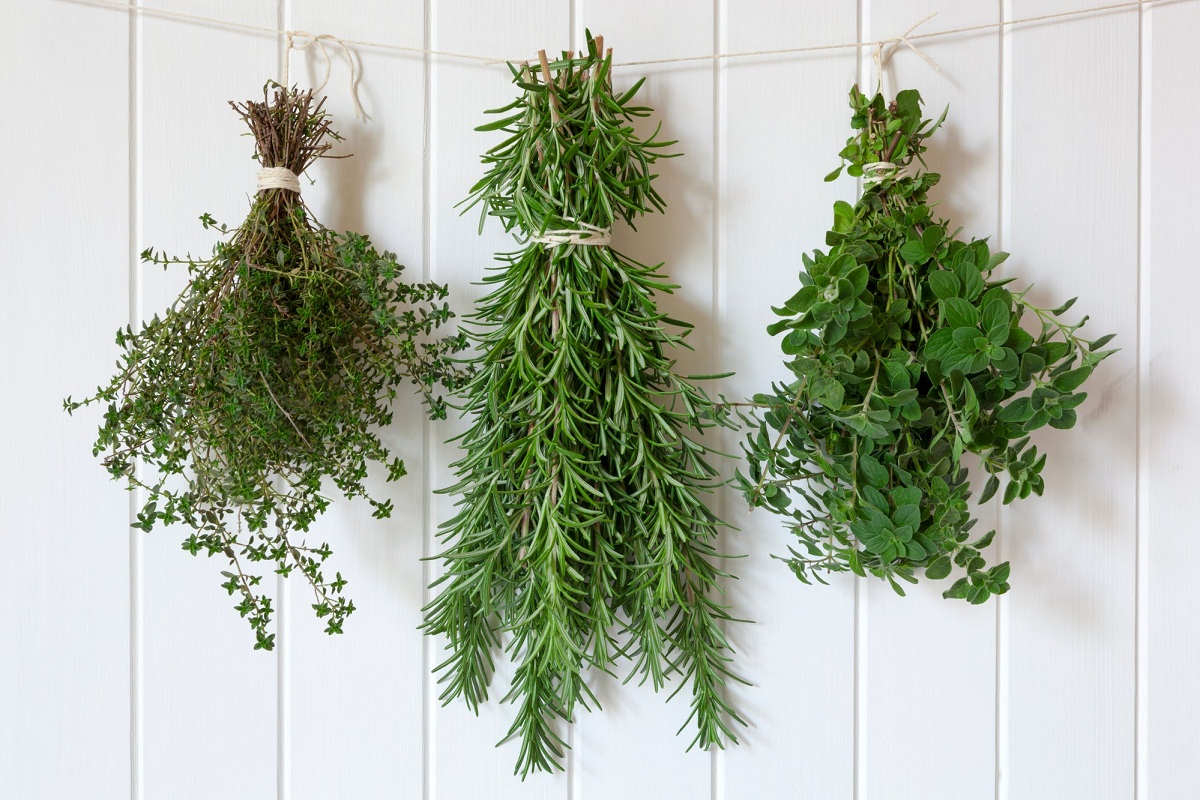
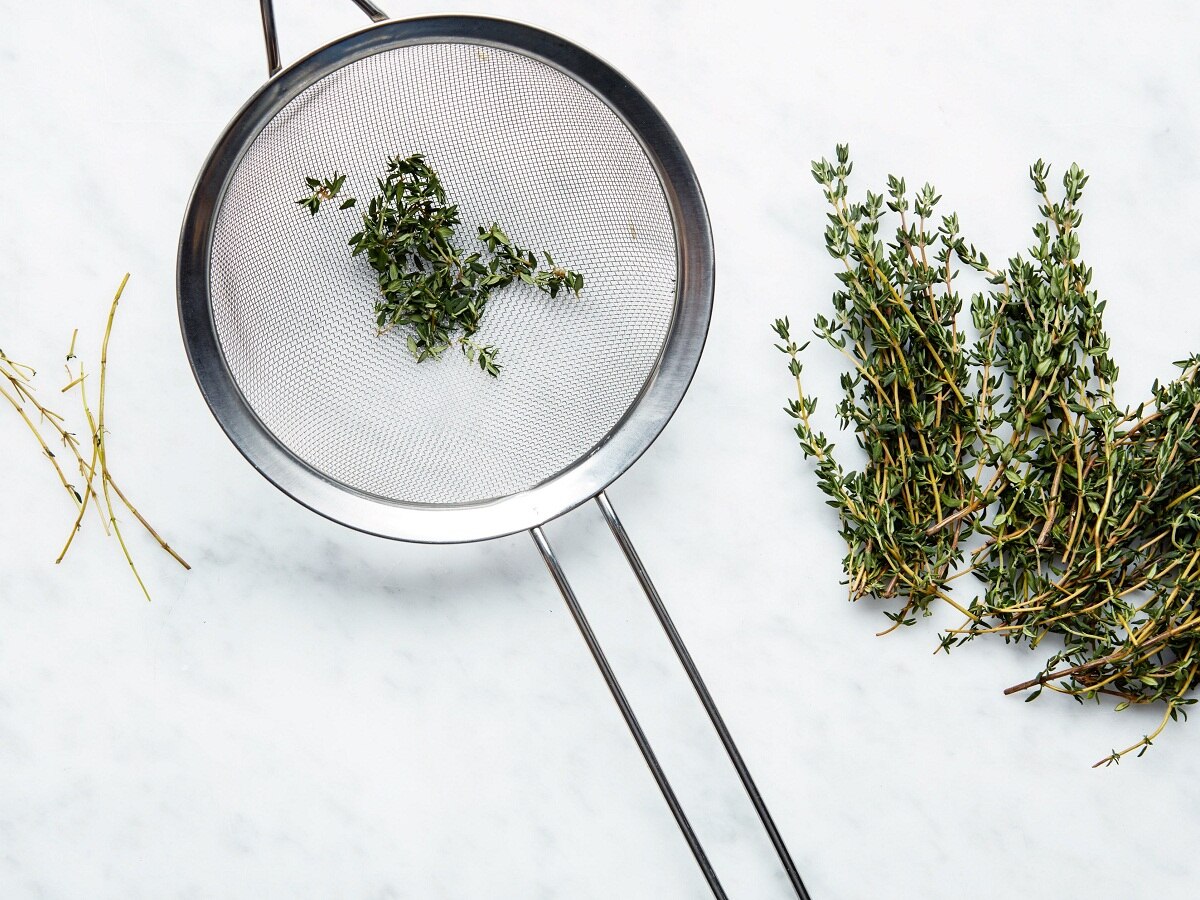
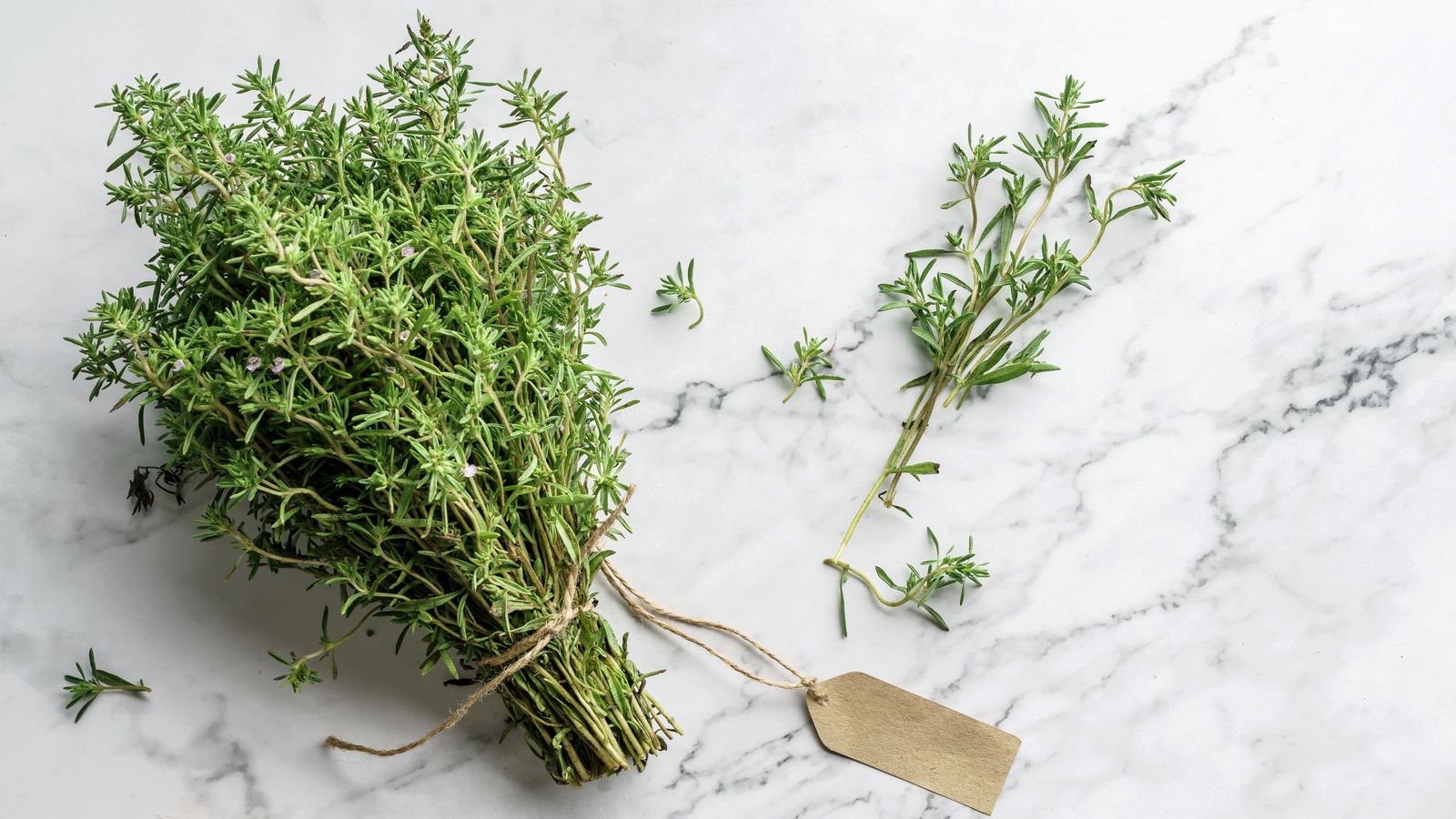
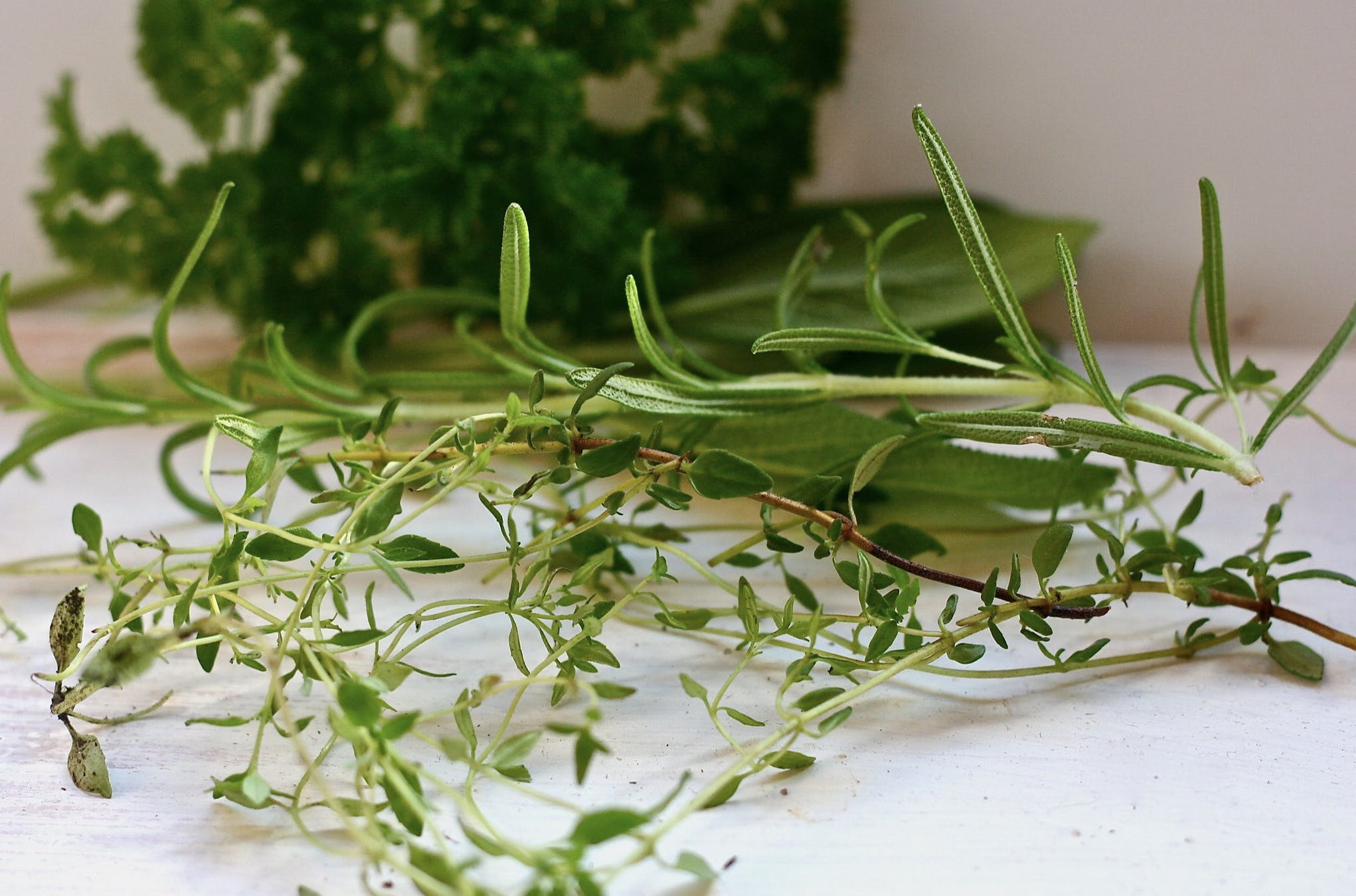
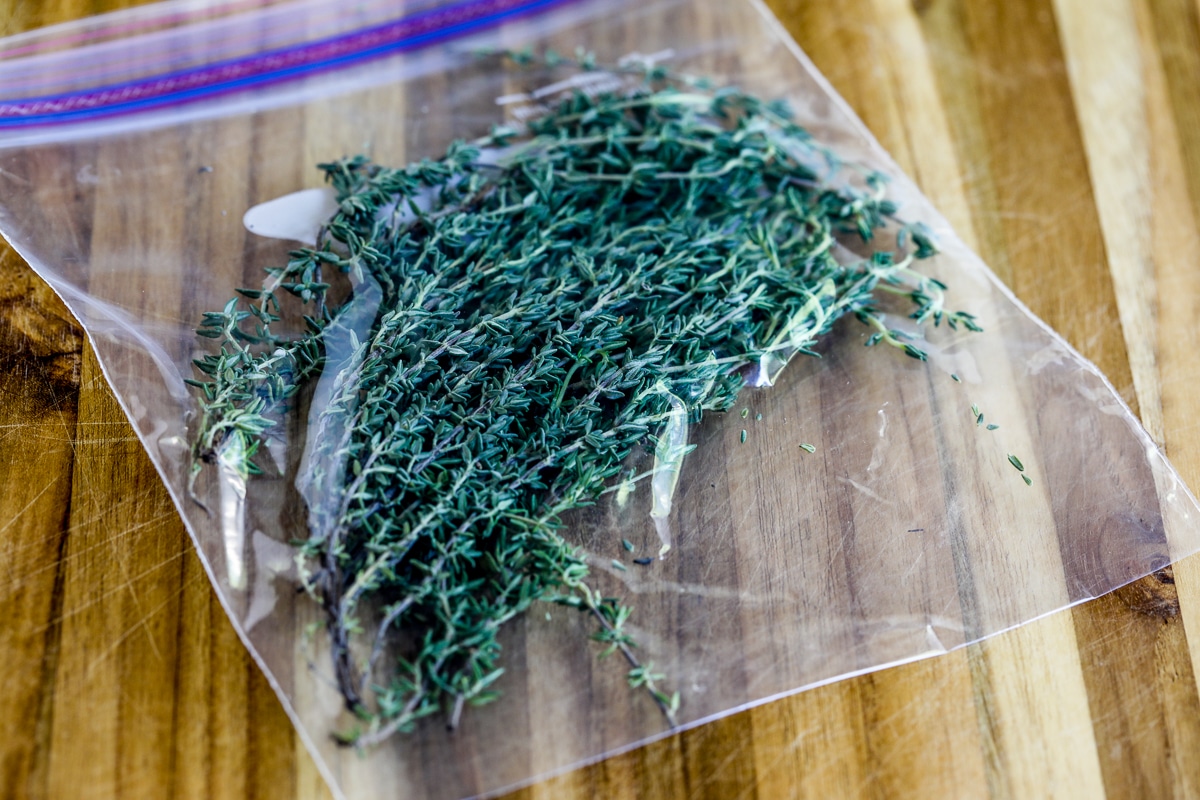
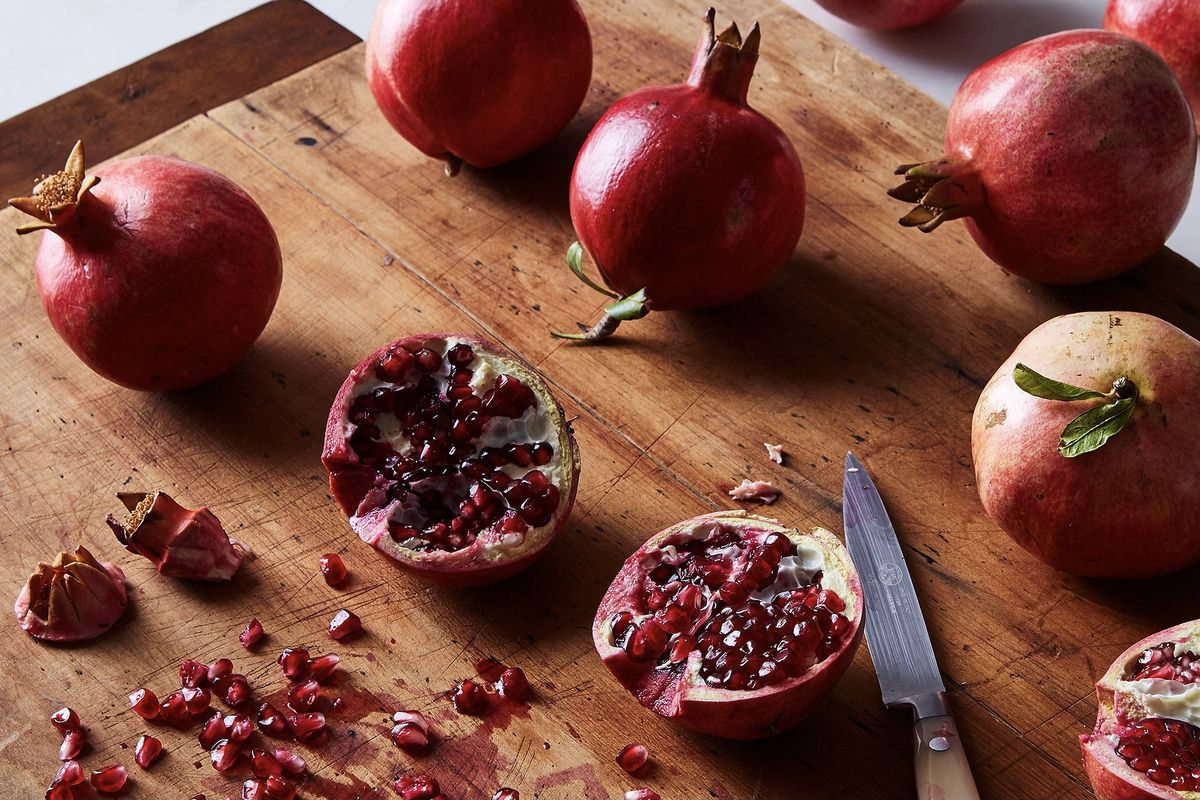
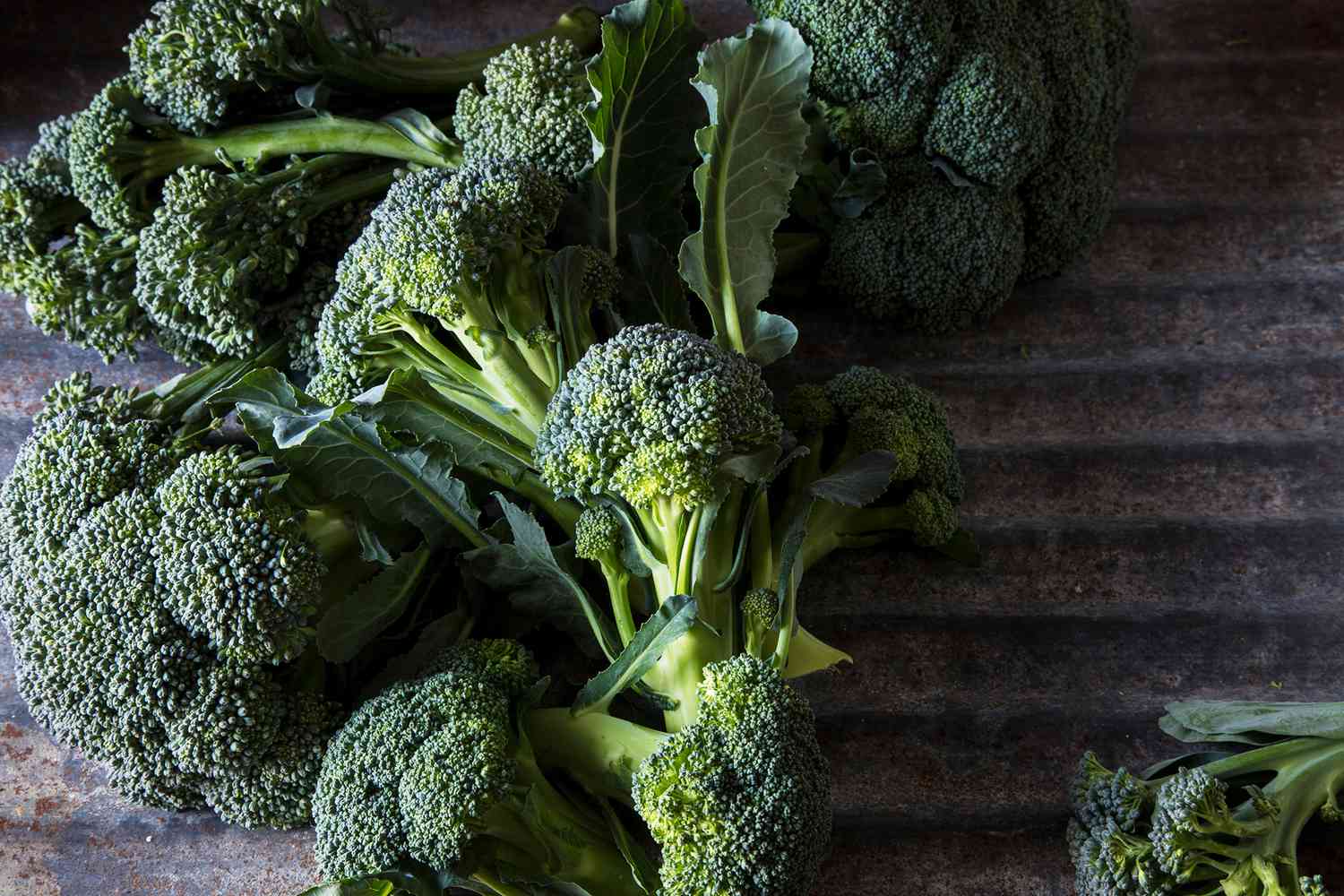
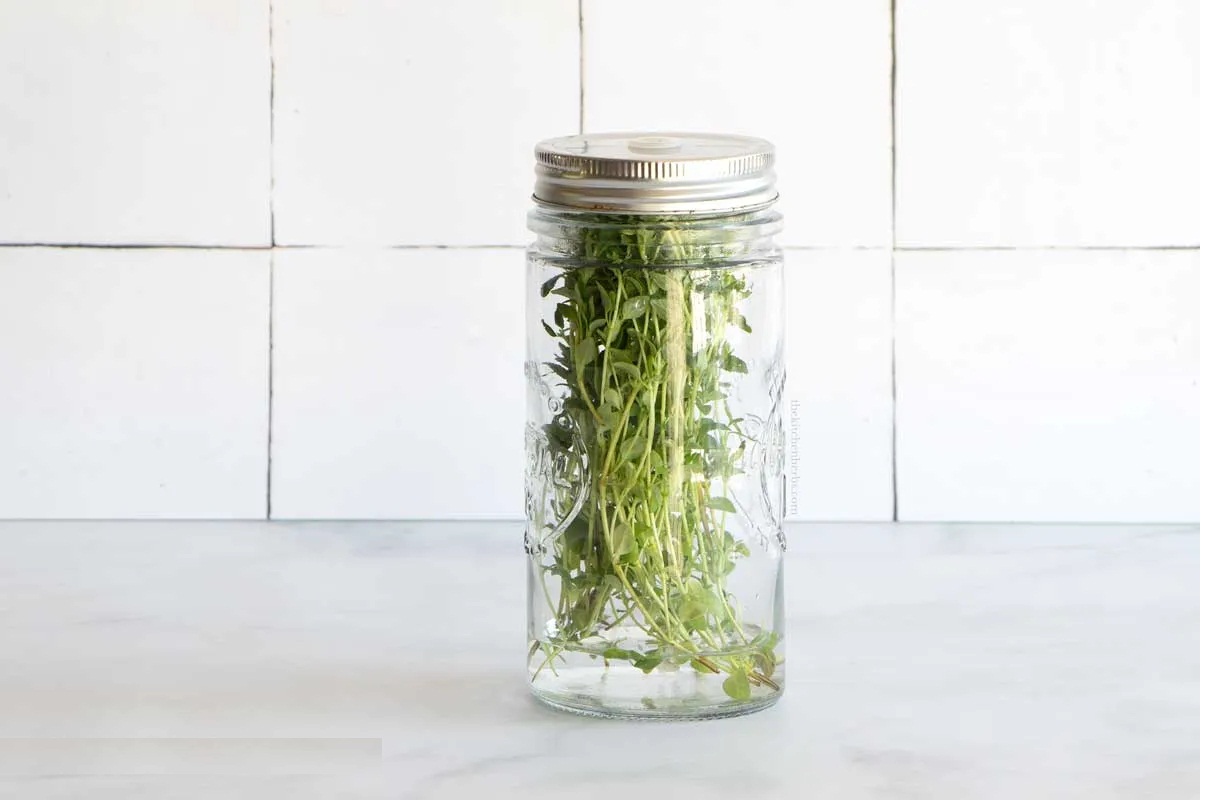


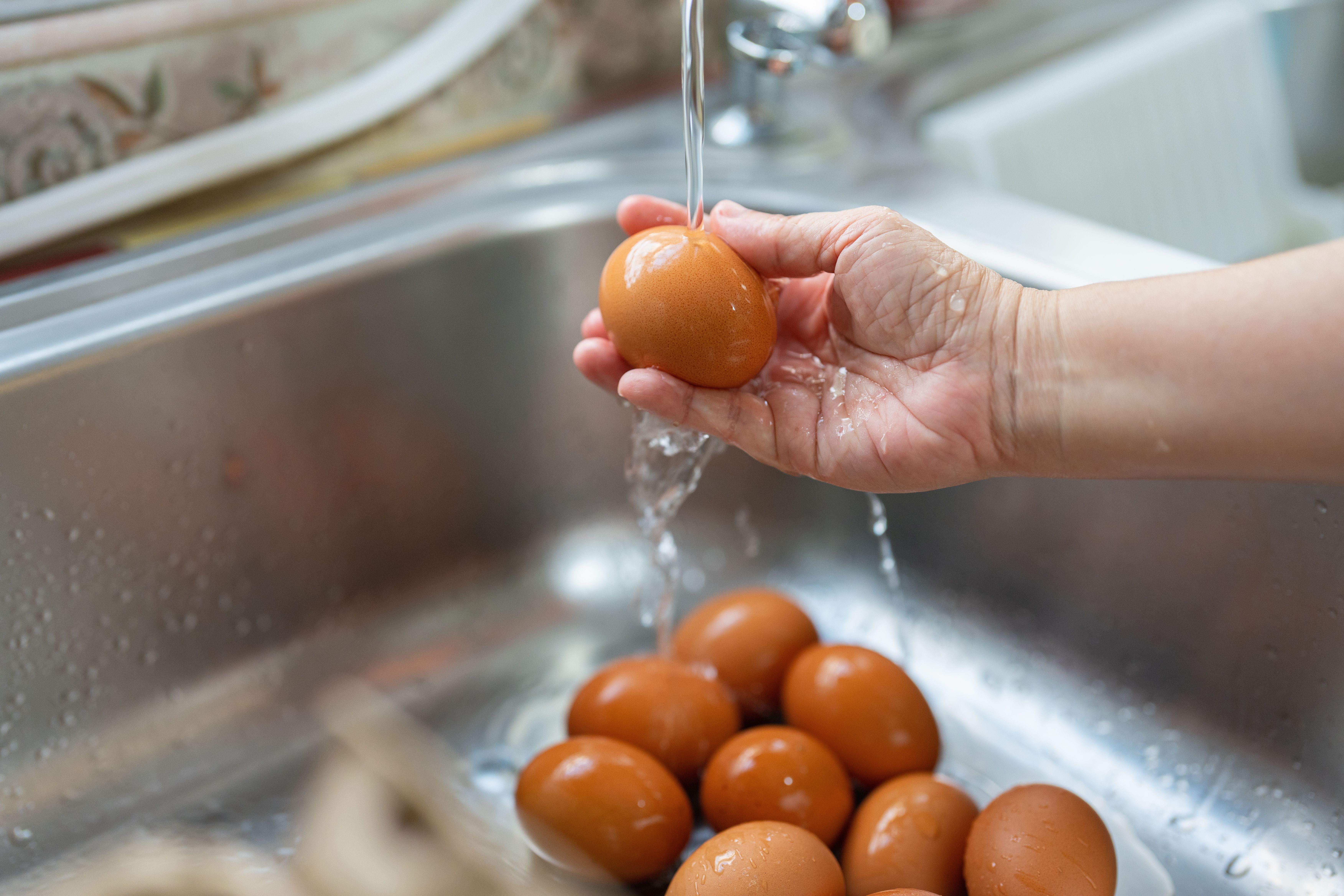
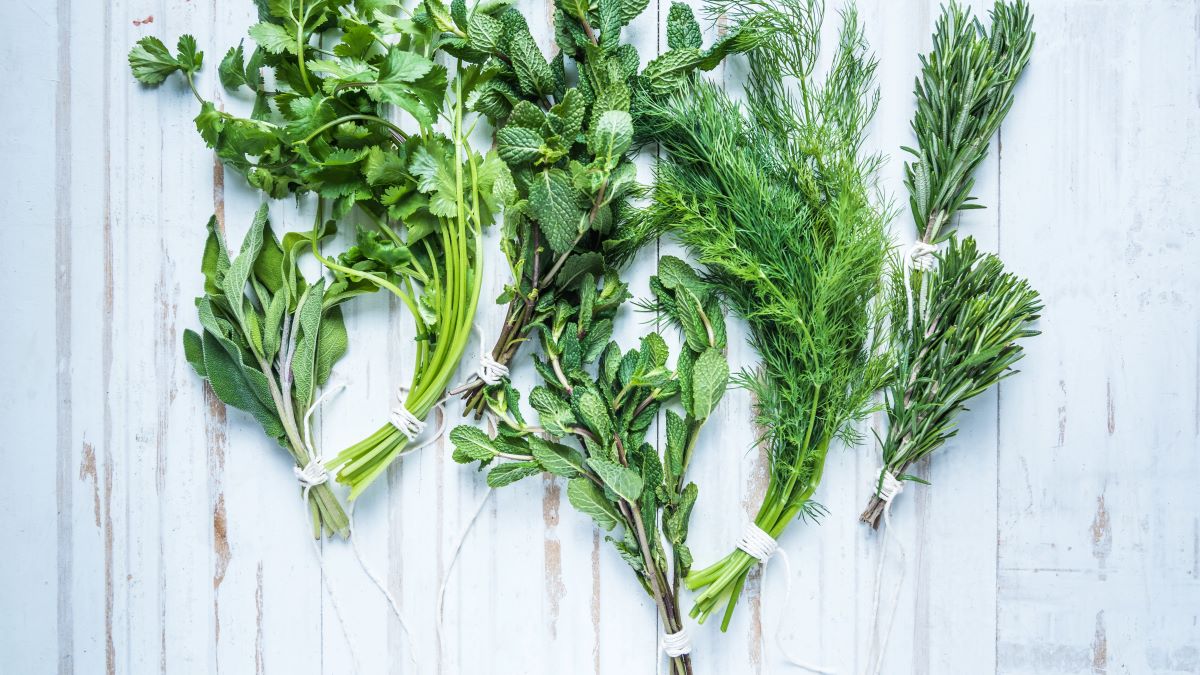
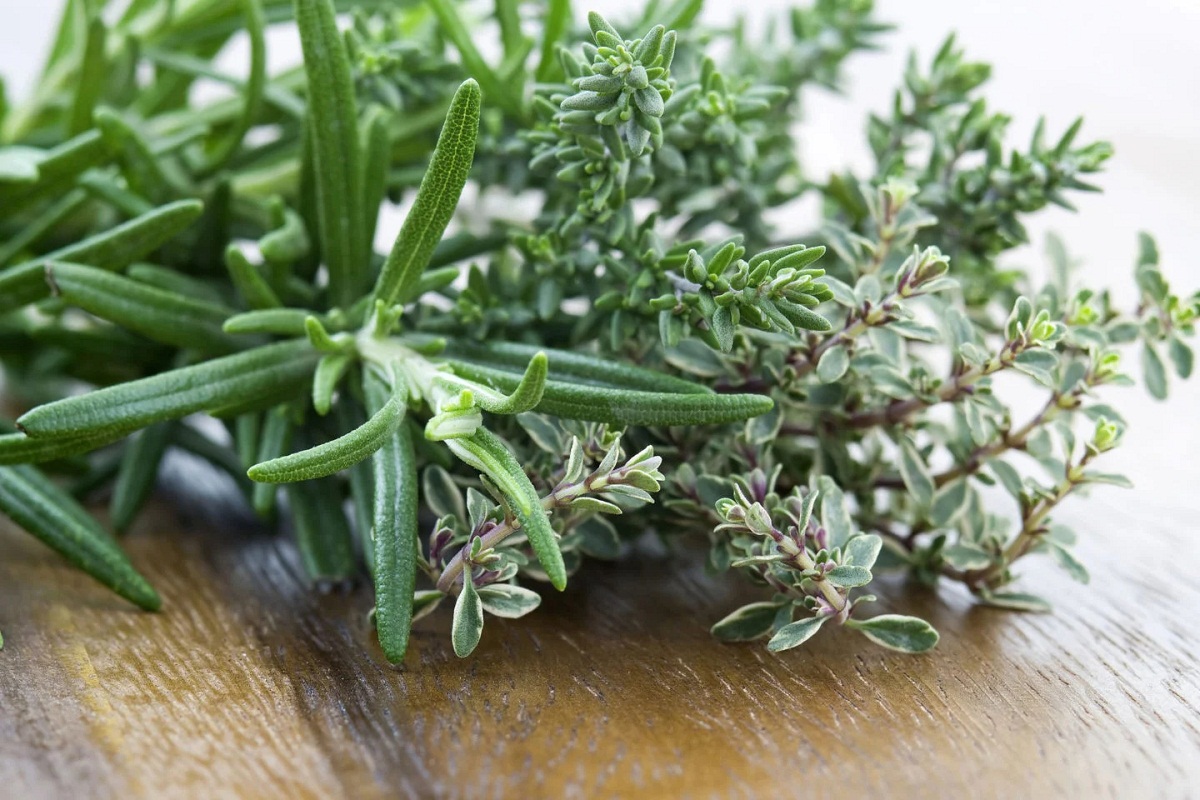

0 thoughts on “How Long Will Fresh Thyme Last In The Fridge”